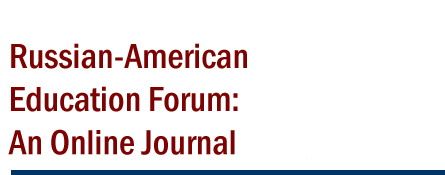
Positive Behavior Support Interventions for Students with Specific Learning Disabilities and Attention Deficit Hyperactivity Disorder: A Review of the Literature
Since the implementation of two major American educational laws: No Child Left Behind (NCLB, 2001) and The Individuals with Disabilities Education Act (IDEA, 2004), regulations in school academics have increased significantly. These two educational laws have not only impacted instruction, but have placed higher accountability on teachers for their students’ educational performance and increased the emphasis on testing results. Furthermore, states encountering budget difficulties have increased class sizes, often leaving general educators feeling unprepared to handle the diverse educational needs of students with disabilities in their classrooms (Stormont, 2008).
Two disabilities that general education teachers commonly encounter in their classrooms are Specific Learning Disabilities (SLD) and Attention Deficit Hyperactivity Disorder (ADHD). From 1980-2000, the prevalence of Specific Learning Disabilities (SLD) in the American public school system increased by 15% (National Center for Education Statistics, 2012) and three to five percent of public school children are labeled with ADHD (Stormont, 2008). Identifying successful behavioral interventions for SLD and ADHD may assist general educators in successfully managing disability related characteristics. Furthermore, teachers versed in effective positive behavior supports may feel more empowered in meeting the needs of diverse learners.





